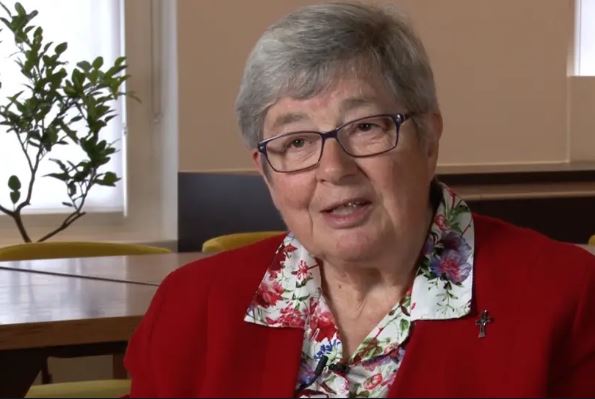Why do we need an archaeological assessment for information about a people who never became extinct, or a system of beliefs and laws that is still alive in the memories and stories of the oldest living culture on the planet – albeit their traditional expressions of beliefs and practices have been inevitably changed by history, as happens for all of our cultures.
I don’t speak for the Wiradyuri. I can’t stand in an Indigenous person’s shoes, because I can’t extricate myself from the privilege of belonging to the dominant culture in this country.
But I am neither blind nor stupid. I can see the irony of the Wiradyuri having to justify their claim to land on Wahluu – land that they were driven off here in the 1820s without consent or recompense; land that has been consecrated by the blood of Aboriginal men, women and children it soaked up during the Bathurst war and martial law.
Guns and poison took the land from them then. Due/”dubious” process threatens to take land now.
It is in my lifetime of four score years that Aboriginal people have been able to reclaim publicly some aspects of their culture, kept alive in their oral tradition, and to persuade the Australian Government to enact laws that would give them some measure of justice and access to land.
(Only in the 1980s were Land Councils set up under the Land Rights Act.)
But all too often, this still depends on whether their claims compete with claims of the dominant culture – and all too often, their claims lose out.
An archaeological dig turns up artefacts that indicate human habitation and civilisation. Some of these artefacts confirm that a site was used for ceremony, burial or other activities humans hold sacred.
But what makes a site or an artefact sacred is the meaning and significance a people attributes to it. That sort of information is held in the memory of a living people such as the Wiradyuri, and passed down in stories, just like the passion, death and resurrection of Jesus, which Christians will remember and celebrate at Easter.
If Bathurst Regional Council takes the land in question for the Bathurst Kart Club, it will be lost to the Wiradyuri and the rest of us, who enjoy the peace and beauty of the top of Mount Panorama (it wasn’t called such by accident) and McPhillamy Park in between car races.
If another site is chosen for the go-kart track, the Wiradyuri and the rest of us can continue to allow Wahluu to nourish our spirits and enrich our lives in whatever way works for us.
Patricia Powell RSM
Messages to: ppowell@mercy.org.au
Originally appeared in the Western Advocate 31 March 2021.
Picture Credit- Mercy International Association

